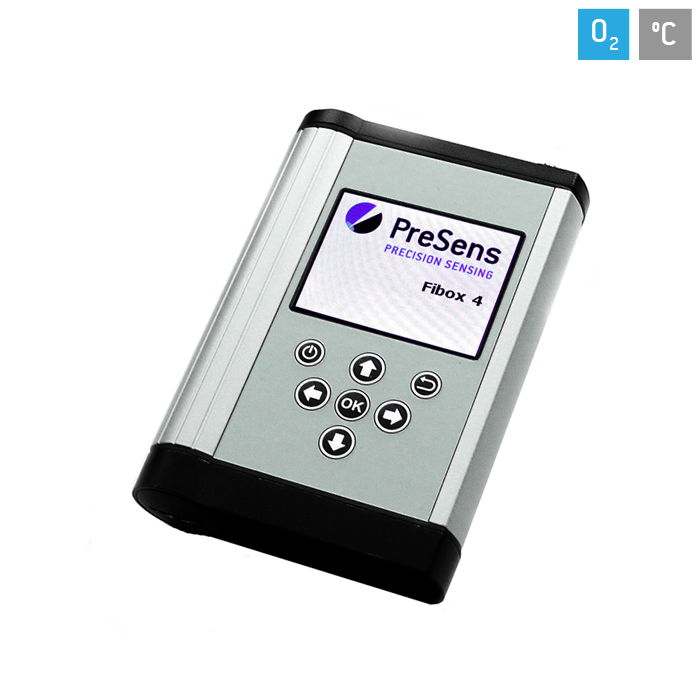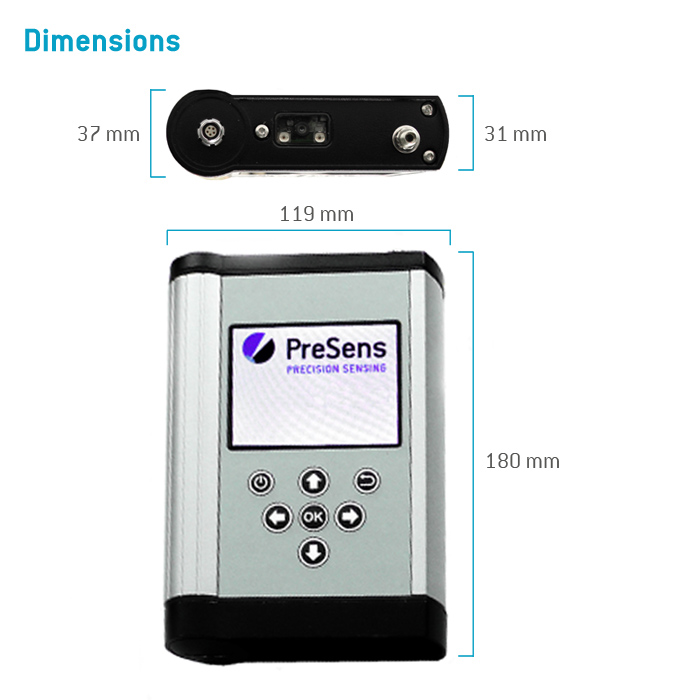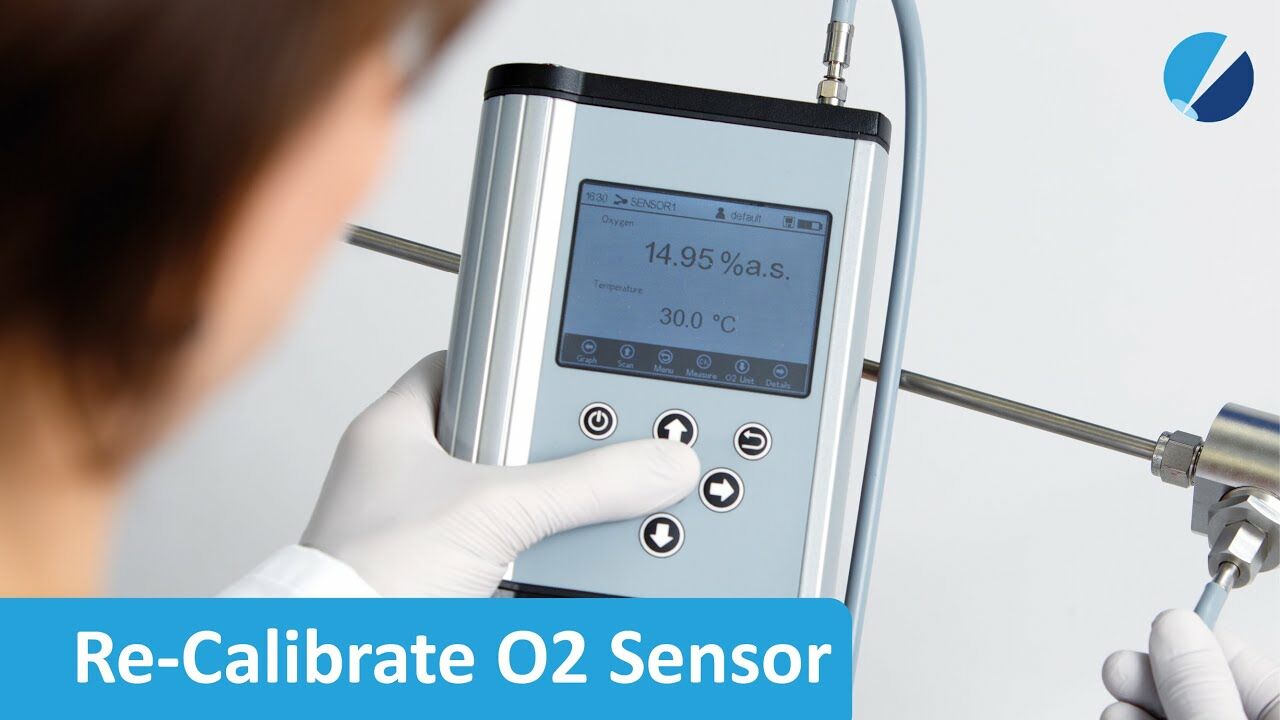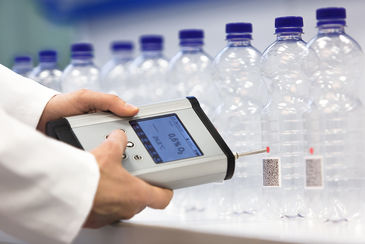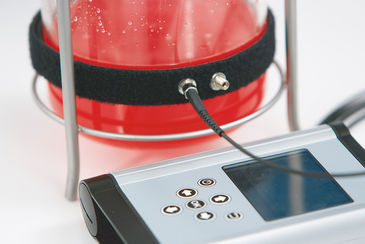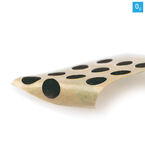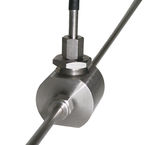Watch tutorials, webinars and informative videos about PreSens optical sensor systems.
Stand-alone Fiber Optic Oxygen Meter
Fibox 4
The battery powered Fibox 4 is designed for easy handheld use. The robust, splash-proof housing and controls were contrived to be operated even under harsh conditions while wearing heavy gloves. The oxygen meter adapts to dry or humid environmental conditions, and has temperature as well as automatic pressure and salinity compensation. The Fibox 4 is compatible with sensor type PSt3 (detection limit 15 ppb dissolved oxygen, 0 – 100 % oxygen). With the oxygen meter’s integrated barcode reader sensor identification and calibration can be realized by performing just one scan. With the implemented sensor management system data of up to 100 sensors can be stored. Fibox 4 has 16 GB internal memory which allows prolonged computer-independent operation. The device is delivered with the PreSens Datamanagement software allowing data transfer to a PC for further analysis.
- Simple measurement due to unique sensor ID
- Easy calibration via barcode scan
- Compensation of temperature, pressure and salinity
- 16 GB internal memory
- Energy management for long term measurements
- Optional database supported software offers simultaneous control of multiple devices
Applications
Oxygen Transmission Rate & Permeation Measurement
The Fibox 4 trace is the ideal tool for the packaging industry and material research. Easy sensor handling and calibration speed up measuring oxygen ingress and transmission rates in hundreds of containers and packages. Only one scan of the barcode is enough to start precise trace oxygen measurements. In combination with the PSt9 type sensor, which allows measurements down to 0.5 ppm oxygen, even the oxygen transmission rate of high barrier materials for oxygen sensitive applications - like vacuum insulating panels or photovoltaic modules - can be determined.
Food & Beverage Quality Control
Designed as portable, handheld devices the Fibox 4 and Fibox 4 trace can easily be applied for quality control in the food & beverage sector. Together with the versatile PreSens oxygen sensors which can be integrated in pipes, containers or directly held into samples the Fibox 4 and Fibox 4 trace offer complete freedom and multiple options for application to check the quality and shelf-life of your products in different stages of the production and filling process.
Biological & Environmental Research
The Fibox 4 and Fibox 4 trace are idealy suited for field research. With the robust, splash proof housing the devices can be operated even in harsh conditions. The long lasting battery and almost unlimited storage capacity allow for prolonged computer-independent use. Additionally, special energy management settings for long term measurements can be applied. The intuitive user interface and implemented functions like graphical display of the measurements ensure comfortable and comprehensive application without having to connect the device to a PC / notebook. Combined with different types of dipping probes, and non-invasive sensors the compact Fibox 4 and Fibox 4 trace can be applied in any situation where precise oxygen measurement is needed.
Process Industry
The new sensor management system together with the barcode reader ensures a fast work flow while working with a multitude of sensors integrated in different vessels or flow-through systems. Non-invasive measurements with chemical optical sensors can reduce the risk of contaminations and the Fibox 4 and Fibox 4 trace ensure precise oxygen measurements in critical processes. Working with the devices and the respective PC software huge amounts of data can be easily handled while ensuring a maximum of safety, due to the improved data and user management.
Technical
| Specifications | |
|---|---|
| Oxygen sensor | PSt3 (optical SMA connector) |
| Temperature sensor | Pt100 temperature connector (sensor not included) |
| Temperature performance | from 0 °C to + 50 °C, resolution ± 0.1 °C |
| Power supply | 4 AA nickel-metal hybrid cells (min. 2200 mA) use only AC adapter (5 VDC / min. 1 A) supplied for recharging |
| Max. battery operating time | 16 hrs. (3 sec. interval measurement, default LED intensity, display backlight OFF, at room temperature) |
| Temperature: operating / storage | from 0 °C to + 50 °C / from - 20 °C to + 70 °C |
| Relative humidity | up to 80 % (non condensing) |
| Dimensions | 37 mm x 180 mm x 119 mm |
| Weight | 0.65 kg (w/o batteries & protection kit) 0.78 kg (with batteries & protection kit) |
| Digital interface | USB interface (cable included) |
| Display | 3.5 '' color TFT, 320 x 240 pixel |
| Internal memory | 16 GB memory (~ 40,000,000 data sets) Export via included software |
Related products
Resources
Publications
FAQs
Manuals
Getting Started: Fibox 4 & Fibox 4 trace
Fibox 4 & Fibox trace
Oxygen Sensor Spots PSt3 / PSt6
Re-Usable Flow-Through Cell FTC O2
Single-Use Flow-Through Cell FTC-SU-PSt3
Oxygen Dipping Probes DP PSt3 / PSt6 / PSt9
OP for In-line Measurement OIM PSt3 / PSt6
Sensor Probe Accessories
PreSens Measurement Studio 2
Getting Started: PreSens Measurement Studio 2
PreSens Oxygen Calculator
Brochures
Software
PreSens Measurement Studio 2 version 4.0.0 - Windows 10
PreSens Profiling Studio version 1.1.0- Windows 7/8/10
PreSens Datamanager version 2.0.0.57- Windows XP/Vista/7/8
PreSens Oxygen Calculator version 3.1.1 - Windows 7/8/10
Media
Video: Re-Calibrate an O2 Sensor with Fibox 4
Video: O2 Sensor Calibration via Barcode Scan with Fibox 4
Video: Cleaning the Optical Connectors of a Fiber Optic Transmitter
Video: O2 Sensor Spots
Video: O2 Spot Integration - Part 1: Glass Vials
Video: O2 Spot Integration - Part 2: PET Bottles
Video: O2 Spot Integration - Part 3: Transparent Bags

